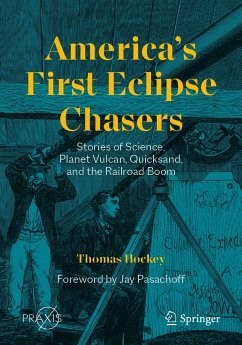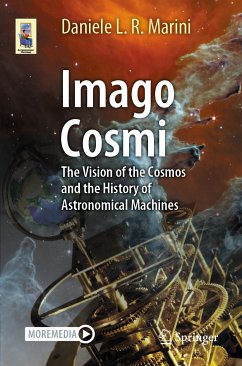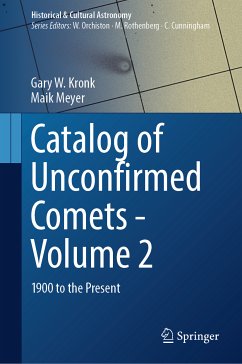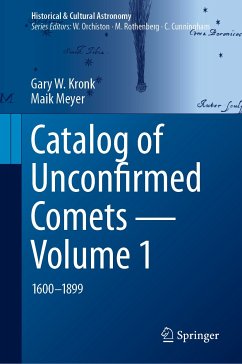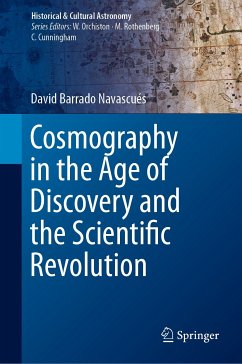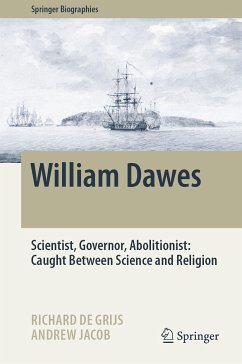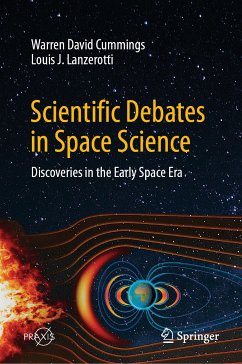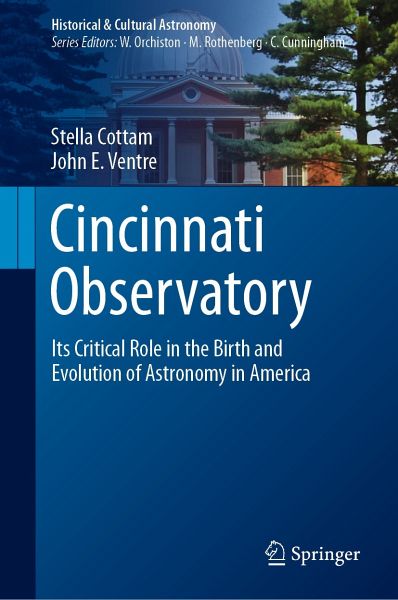
Cincinnati Observatory (eBook, PDF)
Its Critical Role in the Birth and Evolution of Astronomy in America
Versandkostenfrei!
Sofort per Download lieferbar
68,95 €
inkl. MwSt.
Weitere Ausgaben:

PAYBACK Punkte
34 °P sammeln!
Previously dependent on Europe for scientific knowledge, the United States came into its own during the nineteenth century. A prime example of this is evident in the establishment of the Cincinnati Observatory, in Cincinnati, Ohio. Funded by the citizenry of that city, it was initiated, with ceremony, by the oration by former President John Quincy Adams, at the laying of the cornerstone in 1843.In this book, you will read about the Cincinnati Observatory's most notable contributions, big and small, that were made over the course of its years in existence. You will learn about the Observatory's...
Previously dependent on Europe for scientific knowledge, the United States came into its own during the nineteenth century. A prime example of this is evident in the establishment of the Cincinnati Observatory, in Cincinnati, Ohio. Funded by the citizenry of that city, it was initiated, with ceremony, by the oration by former President John Quincy Adams, at the laying of the cornerstone in 1843.
In this book, you will read about the Cincinnati Observatory's most notable contributions, big and small, that were made over the course of its years in existence. You will learn about the Observatory's role in primitive weather forecasting, star cataloging, and even advancements it helped to create during World War II.
Now known as the Cincinnati Observatory Center, it is a functional observatory and a dedicated center of astronomy education for all ages. It continues to contribute a rich cultural and scientific history to its community and nation.
In this book, you will read about the Cincinnati Observatory's most notable contributions, big and small, that were made over the course of its years in existence. You will learn about the Observatory's role in primitive weather forecasting, star cataloging, and even advancements it helped to create during World War II.
Now known as the Cincinnati Observatory Center, it is a functional observatory and a dedicated center of astronomy education for all ages. It continues to contribute a rich cultural and scientific history to its community and nation.
Dieser Download kann aus rechtlichen Gründen nur mit Rechnungsadresse in A, B, BG, CY, CZ, D, DK, EW, E, FIN, F, GR, HR, H, IRL, I, LT, L, LR, M, NL, PL, P, R, S, SLO, SK ausgeliefert werden.



